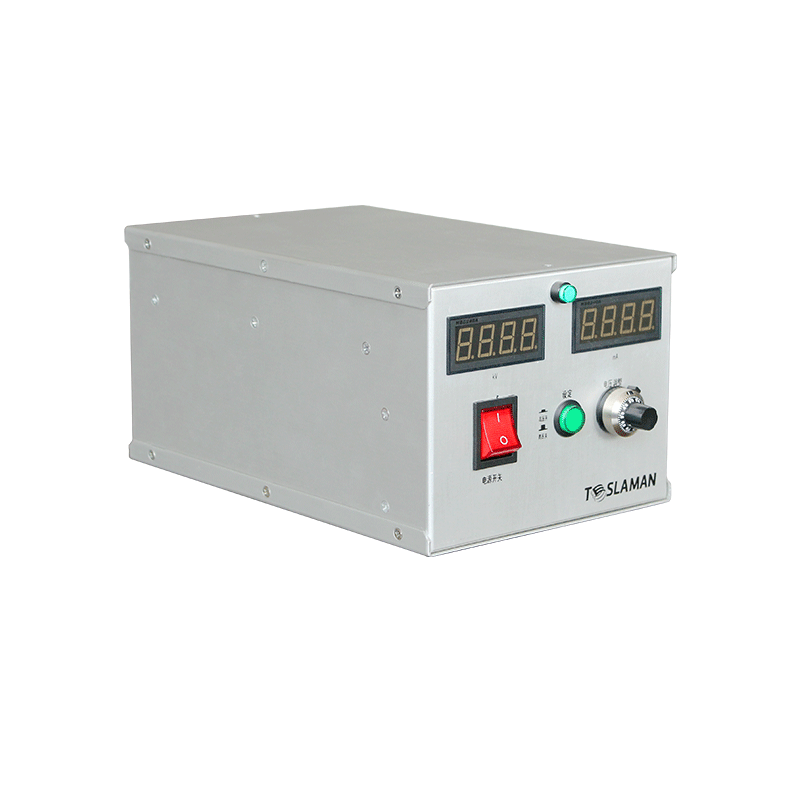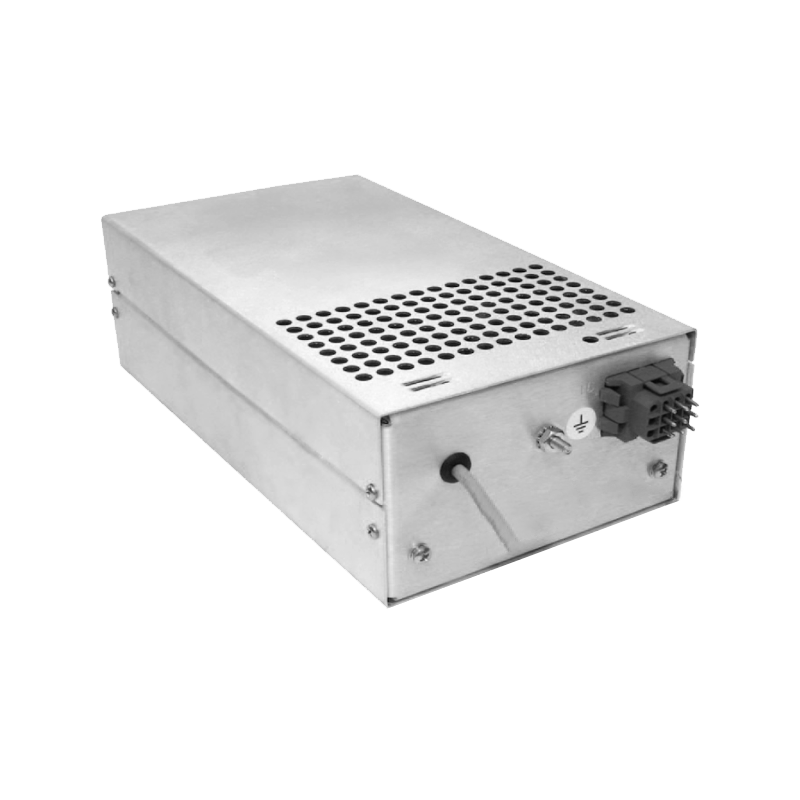The Causes of Ripple in Low Ripple High Voltage Power Supplies
In modern electronic devices, low ripple high voltage power supplies play a crucial role. As one of the key indicators for measuring the performance of power supplies, ripple has a profound impact on the normal operation and performance of devices. A thorough understanding of the causes of ripple generation in low ripple high voltage power supplies is of great significance for improving power supply quality and optimizing device performance.
Firstly, the switching components of the power supply are an important source of ripple generation. In a switching power supply, the switching components continuously conduct and turn off operations. When the switch is turned on, the current rises rapidly; when the switch is turned off, the current drops sharply. This rapid change in current will generate high-frequency transient signals in the circuit, thus forming ripples. Due to the high voltage of the high voltage power supply, the amplitude of the voltage and current changes generated by the switching components during the switching process is larger, so the ripple problem is more prominent.
Secondly, the performance of the filter circuit has a direct impact on the magnitude of the ripple. The function of the filter circuit is to remove the high-frequency components in the power supply output and make the output voltage smoother. However, the actual filter circuit cannot completely filter out all high-frequency signals. Factors such as improper parameter selection of filter components such as capacitors and inductors, the presence of parasitic parameters, and the aging of components will all lead to poor filtering effects, making it impossible to effectively suppress some high-frequency ripples, which will be manifested as ripple voltage at the output end.
Furthermore, changes in the load are also an important factor in ripple generation. When the load changes, the power supply needs to adjust the output voltage in a timely manner to meet the load requirements. During this adjustment process, due to the limited response speed of the power supply, the output voltage will fluctuate, forming ripples. Especially in the case of frequent or large amplitude load changes, the ripple problem will be more obvious.
In addition, electromagnetic interference (EMI) may also have an impact on low ripple high voltage power supplies. EMI sources in the surrounding environment, such as other electronic devices and wireless communication devices, will introduce interference signals into the power supply system through electromagnetic coupling. These interference signals will be superimposed on the output voltage of the power supply, forming ripples. At the same time, the electromagnetic radiation generated by the power supply itself may also affect its own performance, further exacerbating the ripple problem.
In conclusion, the generation of ripples in low ripple high voltage power supplies is the result of the combined action of multiple factors. In order to reduce ripples and improve the performance of the power supply, it is necessary to start from multiple aspects such as the selection of switching components, the optimization of the filter circuit, the reasonable design of the load, and the suppression of electromagnetic interference, comprehensively consider and take corresponding measures.




















